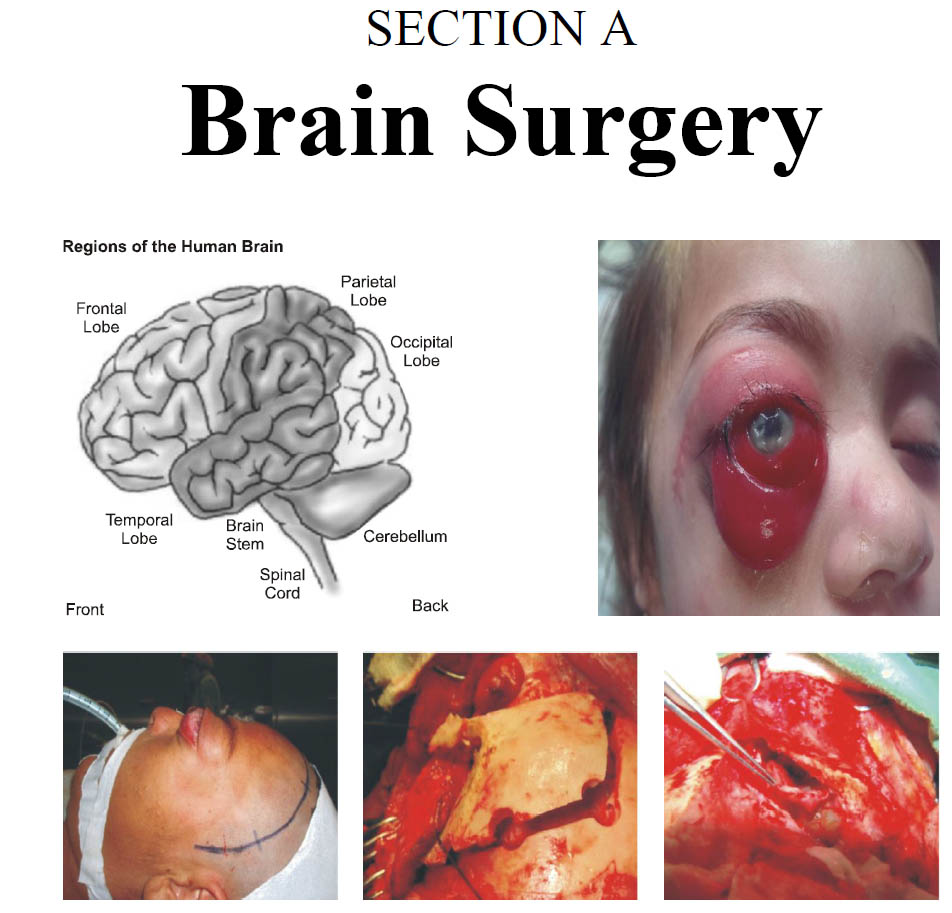Middle Cerebral Artery Aneurysm Coiling without Assisted Techniques – A Good Alternative, Single Venture Experience
DOI:
https://doi.org/10.36552/pjns.v24i3.471Keywords:
Cerebral aneurysm, endovascular coiling, Middle Cerebral ArteryAbstract
Objective: To evaluate the result of a coiling of middle cerebral artery aneurysms without auxiliary techniques.
Material and Methods: This study was conducted from June 2010 to September 2019 in the Department of Neuroradiology, Punjab Institute of Neurosciences, Lahore. There were a total of 500 patients with unilateral and bilateral cerebral aneurysms at the MCA level that have been included in this study which comprise of both sexes.
Results: There was a total of 500 patients, which comprised of 200 (40%) men and 300 (60%) women. Their ages ranged from 22 to 65 years. The majority number of patients was in their fifth 180 (30%) and sixth decade 150 (30%) of life. In our study, a successful coiling was performed in 490 (98%) patients with minimal re-canalization of MCA aneurysms. In 10 (2%) procedure was unsuccessful due to vasospasm.
Conclusion: The conventional coiling in middle cerebral artery aneurysms can be effective and safe without auxiliary techniques.
References
2. Serbinenko FA. Catheterization, and occlusion of major cerebral vessels and prospects for the development of vascular neurosurgery. Vopr Neirokhir. 1971; 35: 17–27.
3. Serbinenko FA. Balloon catheterization and occlusion of major cerebral vessels. J Neurosurg. 1974; 41: 125–145.
4. Guglielmi G, Vinuela F, Dion J, Duckwiler G. Electrothrombosis of saccular aneurysms via endovascular approach, part 2: preliminary clinical experience. J Neurosurg. 1991; 75: 8–14.
5. Guglielmi G, Vinuela F, Sepetka I, Macellari V. Electrothrombosis of saccular aneurysms via endovascular approach, part 1: electrochemical basis, technique, and experimental results. J Neurosurg. 1991; 75: 1–7.
6. Johnston SC, Wilson CB, Halbach VV, Higashida RT, Dowd CF, McDermott MW, Applebury CB, Farley TL, Gress DR. Endovascular and surgical treatment of unruptured cerebral aneurysms: comparison of risks. Ann Neurol. 2000; 48: 11–19.
7. Johnston SC, Zhao S, Dudley RA, Berman MF, Gress DR. Treatment of unruptured cerebral aneurysms in California. Stroke, 2001; 32: 597–605.
8. Raftopoulos C, Mathurin P, Boscherini D, Billa RF, Van Boven M, Hantson P. Prospective analysis of aneurysm treatment in a series of 103 consecutive patients when endovascular embolization is considered the first option. J Neurosurg. 2000; 93: 175–182.
9. Mitchell P, Kerr R, Mendelow AD, Molyneux A. Could late rebleeding overturn the superiority of cranial aneurysm coil embolization over clip ligation seen in ISAT? Journal of Neurosurgery, 2008; 108: 437-442.
10. M; Spelle, L, Mounayer, C, Salles-Rezende, MT, Giansante-Abud, D, Vanzin-Santos, R, Moret. Intracranial aneurysms: treatment with bare platinum coils—aneurysm packing, complex coils, and angiographic recurrence, 2007; 243 (2): 500–8.
11. Raymond J, Guilbert F, Weill A, Georganos SA, Juravsky L, et al. Long-term angiographic recurrences after selective endovascular treatment of aneurysms with detachable coils. Stroke, 2003; 34 (6): 1398–1403.
12. Campi, A; Ramzi N, Molyneaux AJ, Summers, PE, Kerr, RS, Sneade, M, Yarnold, JA, Rischmiller, J, Byrne. Retreatment of ruptured cerebral aneurysms in patients randomized by coiling or clipping in the International Subarachnoid Aneurysm Trial (ISAT). Stroke, 2007; 38 (5): 1538–44.
13 J. M. vanDijk, R. J. Groen, M. terLaan, J. R. Jeltema, J.
J. Mooij and J. D. Metzemaekers. Surgical clipping as the preferred treatment for aneurysms of the middle cerebral artery. Acta, Neurochirurgica, 2011; 153: 2111–2117.
14. Molyneux AJ, Kerr RS, Birks J et al. Risk of recurrent subarachnoid haemorrhage, death, or dependence and standardized mortality ratios after clipping or coiling of an intracranial aneurysm in the International Subarachnoid Aneurysm Trial (ISAT): long-term follow-up. The Lancet Neurology. 2009; 8 (5): 427–433.
15. Brinjikji W, Lanzino, Cloft GHL, Rabinstein A, Kallmes DF. Endovascular treatment of middle cerebral artery aneurysms: a systematic review and single-center series. Neurosurgery, 2011; 68 (2): 397–402.
16. Bulters DO, Santarius T, Chia HL, et al. Causes of neurological deficits following clipping of 200 consecutive ruptured aneurysms in patients with good-grade aneurysmal subarachnoid haemorrhage. Acta Neurochirurgica. 2011; 153 (2): 295–303, 2011.
17. G¨uresir E, Schuss P, Berkefeld J, Vatter H, Seifert V. Treatment results for complex middle cerebral artery aneurysms. A prospective single-center series. Acta Neurochirurgica. 2011; 153 (6): 1247–1252.
18. Morgan MK, Mahattanakul W, Davidson A, Reid J. Outcome for middle cerebral artery aneurysm surgery. Neurosurgery, 2010; 67(3): 755–761.
19. Nanda A, Vannemreddy PSS. Surgical management of unruptured aneurysms: prognostic indicators. Surgical Neurology, 2002; 58 (1): 13–20.
20. D. H. Park, S. H. Kang, J. B. Lee et al. Angiographic features, surgical management and outcomes of proximal middle cerebral artery aneurysms. Clinical Neurology and Neurosurgery, 2008; 110 (6): 544–551.
21. Vendrell JF, Menjot N, Costalat V, et al. Endovascular treatment of 174 middle cerebral artery aneurysms: clinical outcome and radiologic results at long-term follow-up. Radiology, 2009; 253 (1): 191–198.
22. Yang P, Liu J, Huang Q, et al. Endovascular treatment of wide neck middle cerebral artery aneurysms with stents: a review of16 cases. American Journal of Neuroradiology, 2010; 31 (5): 940–946.

Downloads
Published
Issue
Section
License
The work published by PJNS is licensed under a Creative Commons Attribution-NonCommercial 4.0 International (CC BY-NC 4.0). Copyrights on any open access article published by Pakistan Journal of Neurological Surgery are retained by the author(s).












